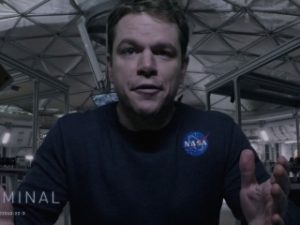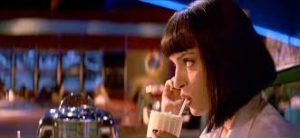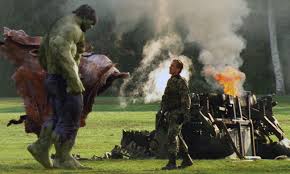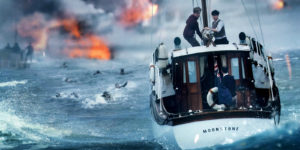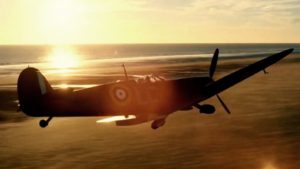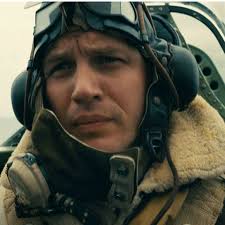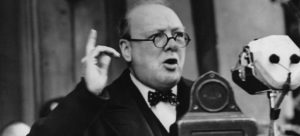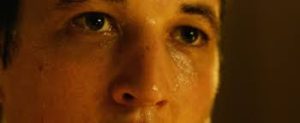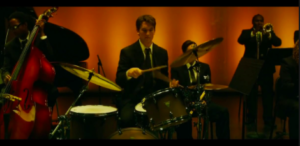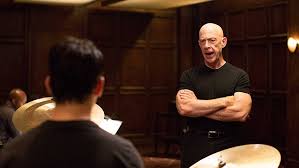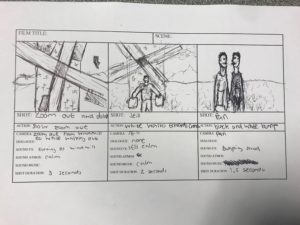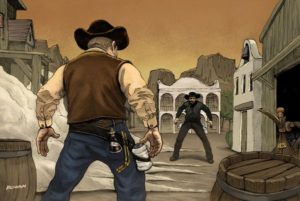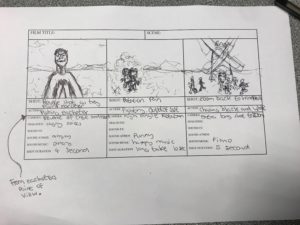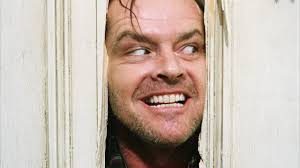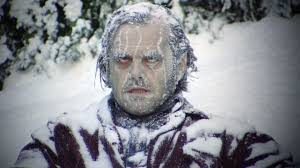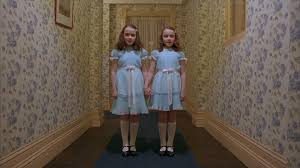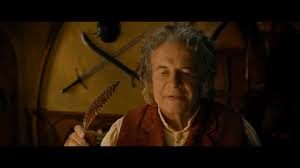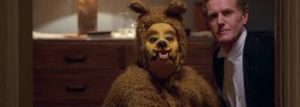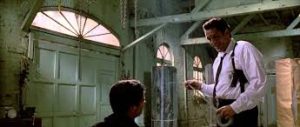Task 1 – Explain how the production context of Citizen Kane influenced the “look and feel” of the end product.
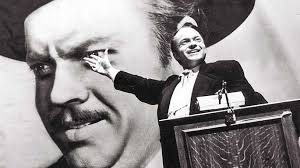
Citizen Kane was distributed by RKO pictures in 1941. before the films release Welles was only known for a radio broadcast in 1938 called ‘The War Of The Worlds’. The show was based on an alien invasion of earth and it terrified some listeners as they thought the events were actually happening in reality. Hollywood was interested in Welles due to his persistence and work ethic when it came to his radio show, It was the offer of complete control over the film that finally convinced Welles to transfer from theatre to Hollywood to pursue his creative career.

Citizen Kane was releases in 1941 and was the first movie that Orson Welles was involved in, he Directed, Produced and co-wrote the film. because of Hollywood’s desire for Welles to come and work for them they allowed him full control of the film meaning he got to choose the actors/crew as well as directing, producing, co writing and even staring in the film himself. All at the young age of just 2, this was every young directors dream and it was destine to be his big break into the industry.
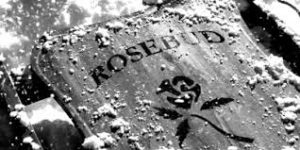
Alongside complete control over the film he was also gifted a budget of $500,000 which was an immense amount of money at the time. $500,000 in 1941 is the equivalent to $9,031,607 in 2018. In 1991 the film was re-released by RKO pictures and it broke the charts with a total of $737,000,000 at box office .

The film was seen to be based on William Randolph Hearst was an American businessman, politician, and newspaper publisher who built the nation’s largest newspaper chain and media company, Hearst communications. Hearst ran unsuccessfully for President of the united states in 1904.There are many correlations between Kane and Hearst, Welles’s stated that “Citizen Kane is the story of a wholly fictitious character”. Although he said this I personally think it was probably very obvious at the time that Kane’s character was based on William Randolph Hearst and Welles said this to avoid argument.

